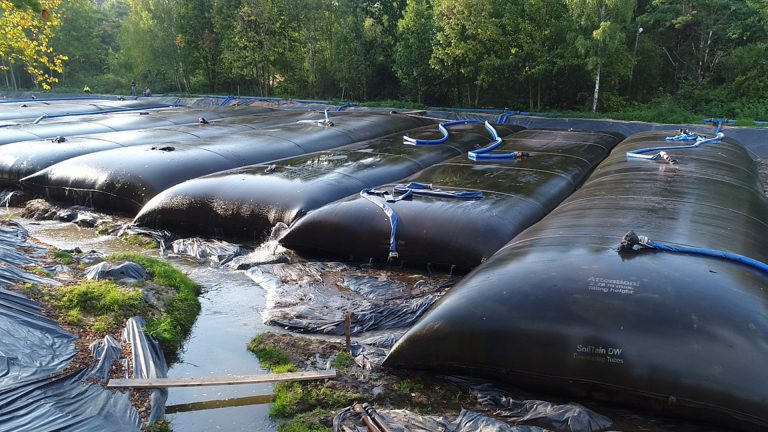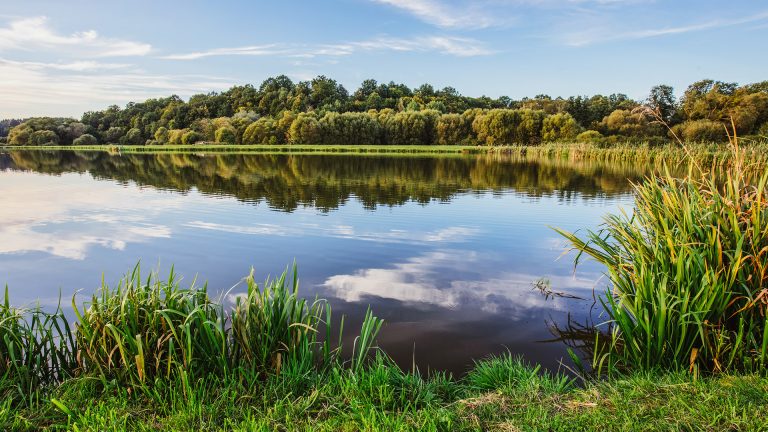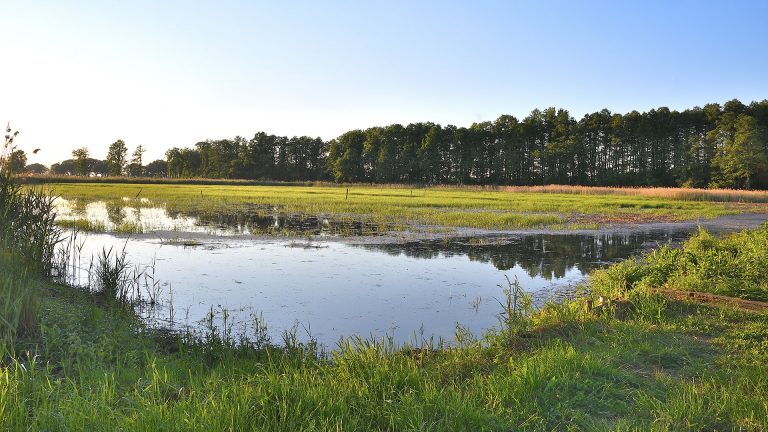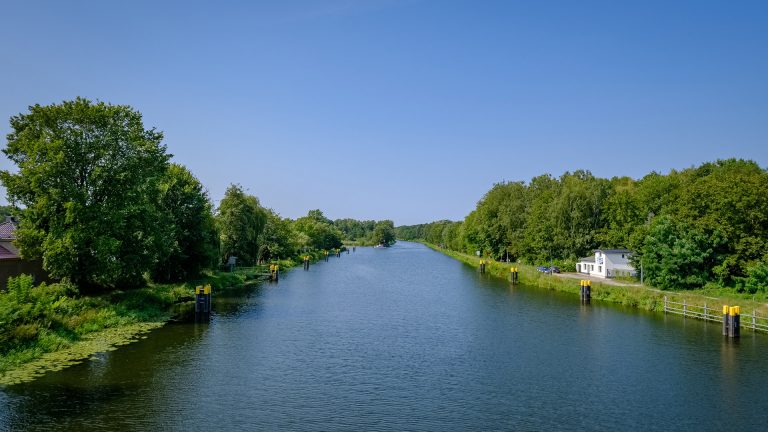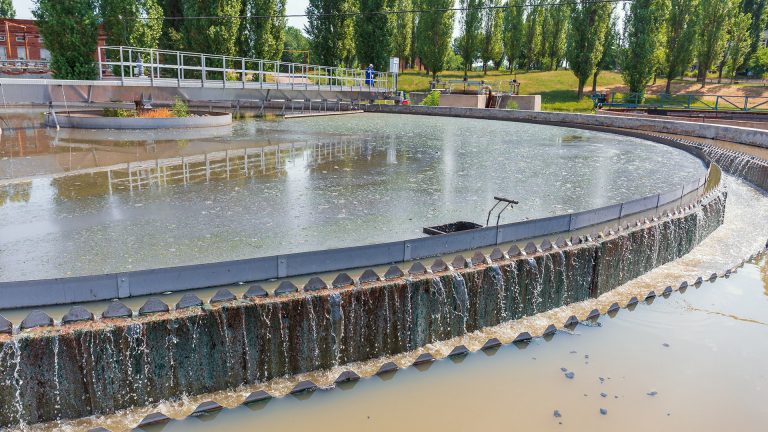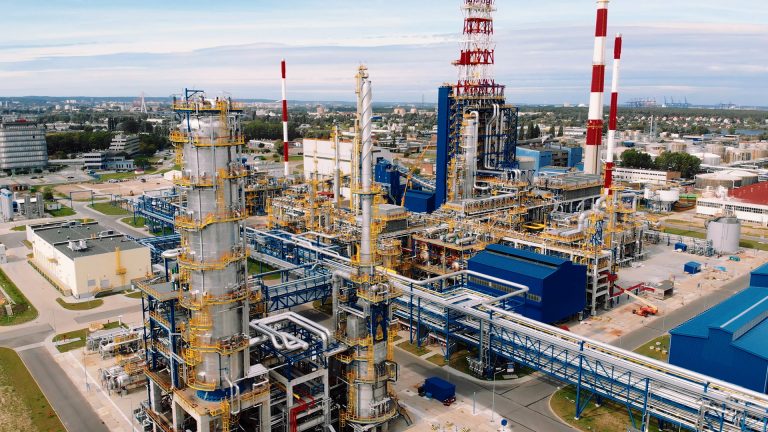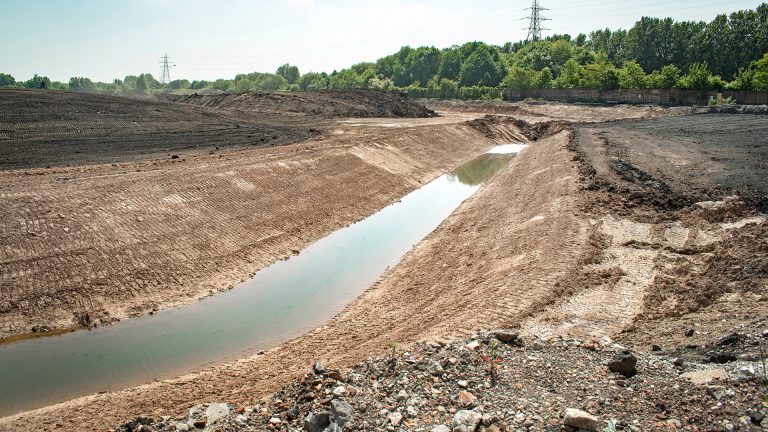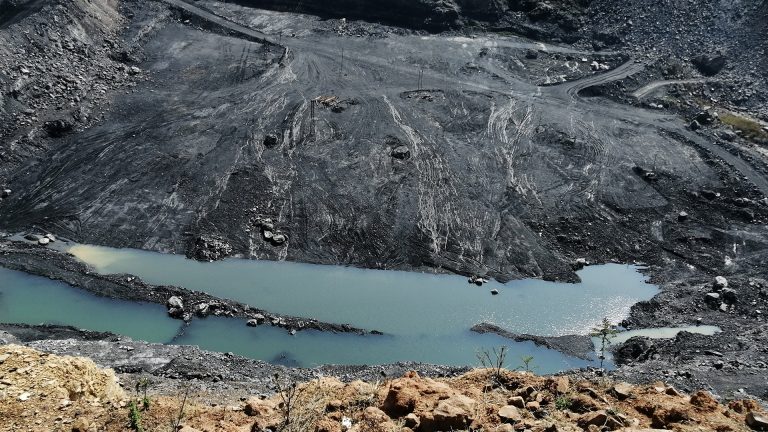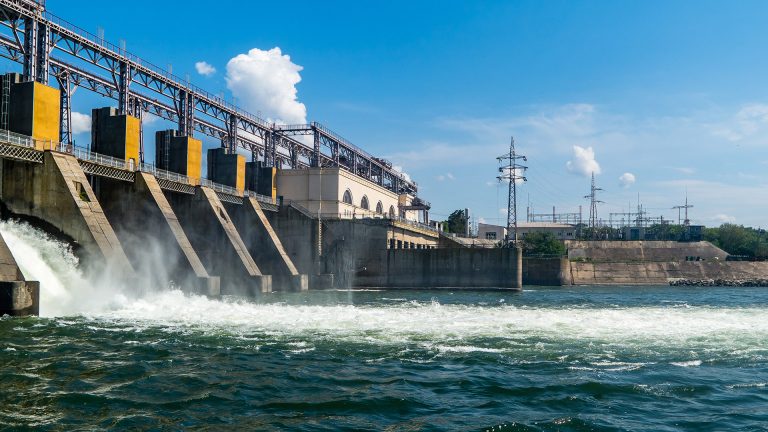Rivers and canals, due to their linear nature and annual high and low level periods, are mostly exposed to frequent problems with shallowing.
During high level or flood periods occurring during spring thaws and after heavy rains, rivers and canals receive significant amounts of organic compounds, gathered mainly in cultivated fields and meadows.
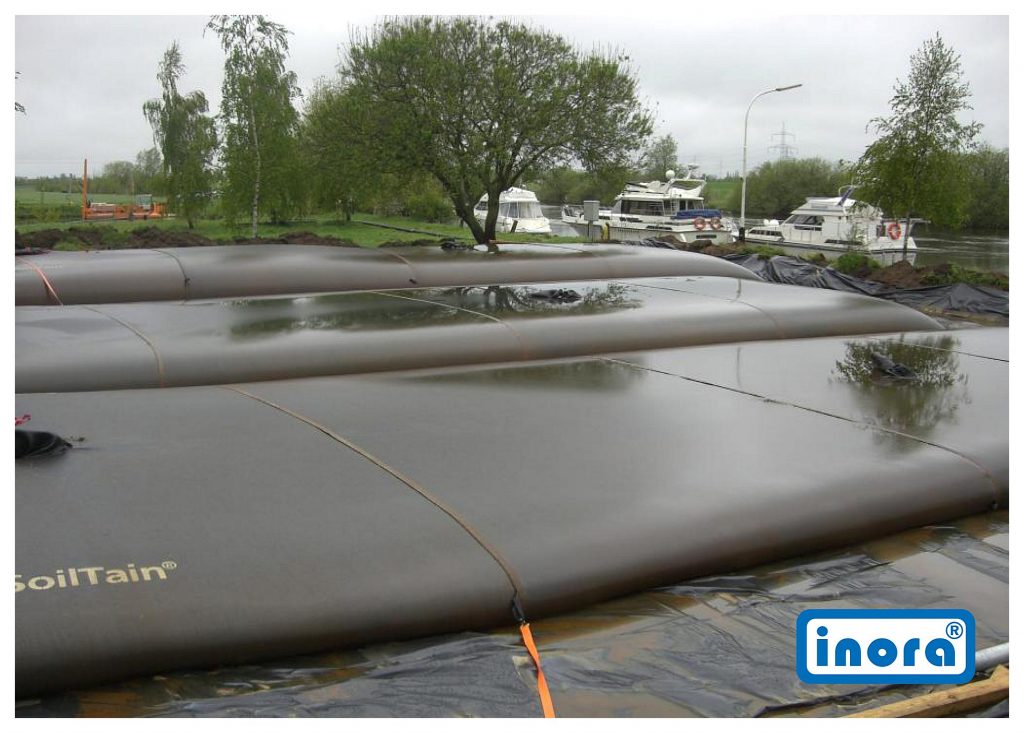
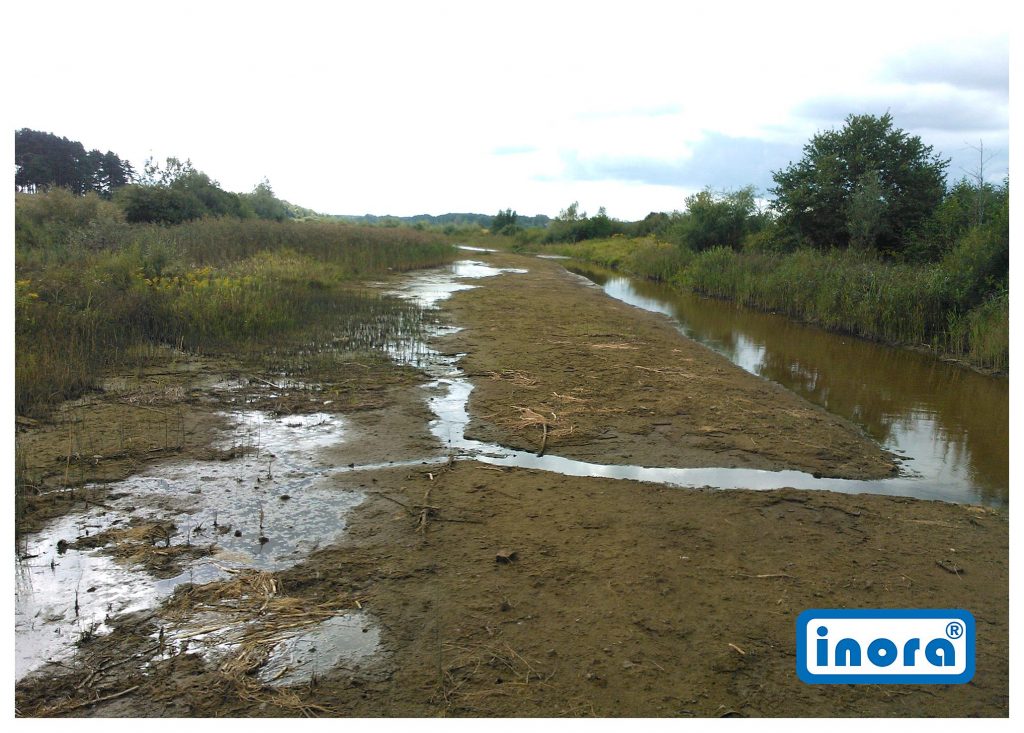
Canals and rivers also have a tendency to self shallowing and consequently to the disappearance of water habitats. They stop to fulfill both utility and previous ecological functions. Therefore maintenance activities are necessary to guarantee the existence of such elements.
Sludge extraction includes mechanical or manual bottom sediment removal actions. Works are performed manually or with use of heavier equipment (excavators, bulldozers). Usually, for manual dredging or using an excavator, the excavated sludge is planted on the river or canal banks or built into bank slopes. Leaving the excavated material on a river / canal slope or bank, will cause, that even a light rain will reintroduce it back into the recently dredged watercourse.
The technology of SoilTain® geosynthetic tubes allows dewatering of bottom sediments, using a suction or a cutter-suction dredgers with very high capacities.
The largest geosynthetic containers have a volume of 1500 m3. The implementation of the dredging works is therefore highly effective and in a short time.
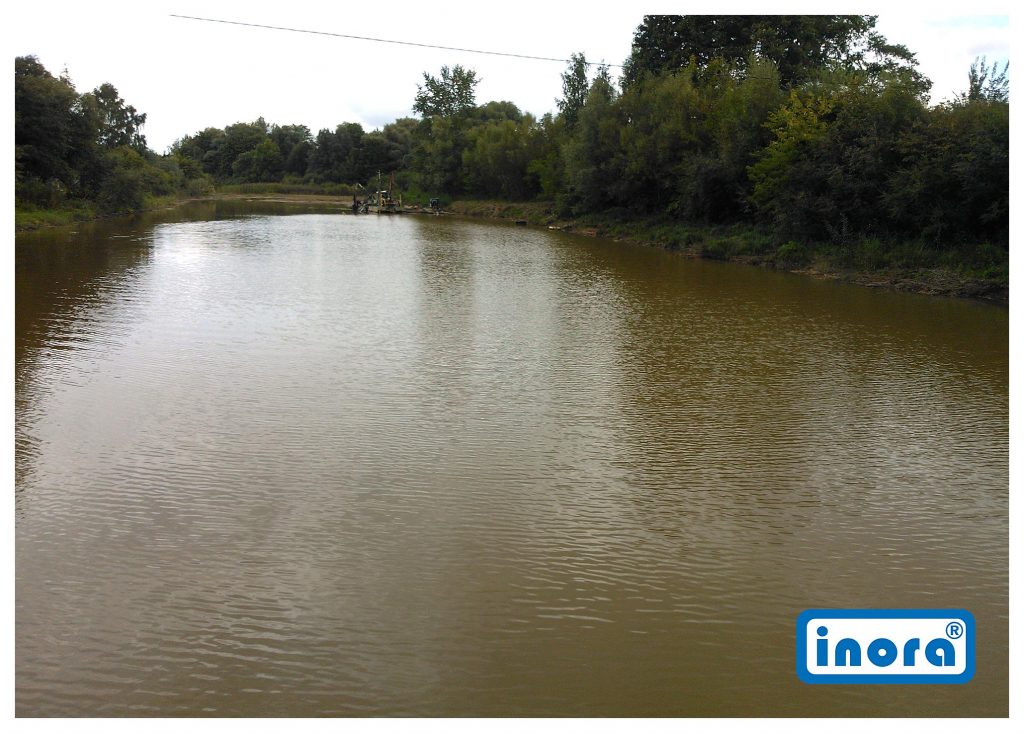
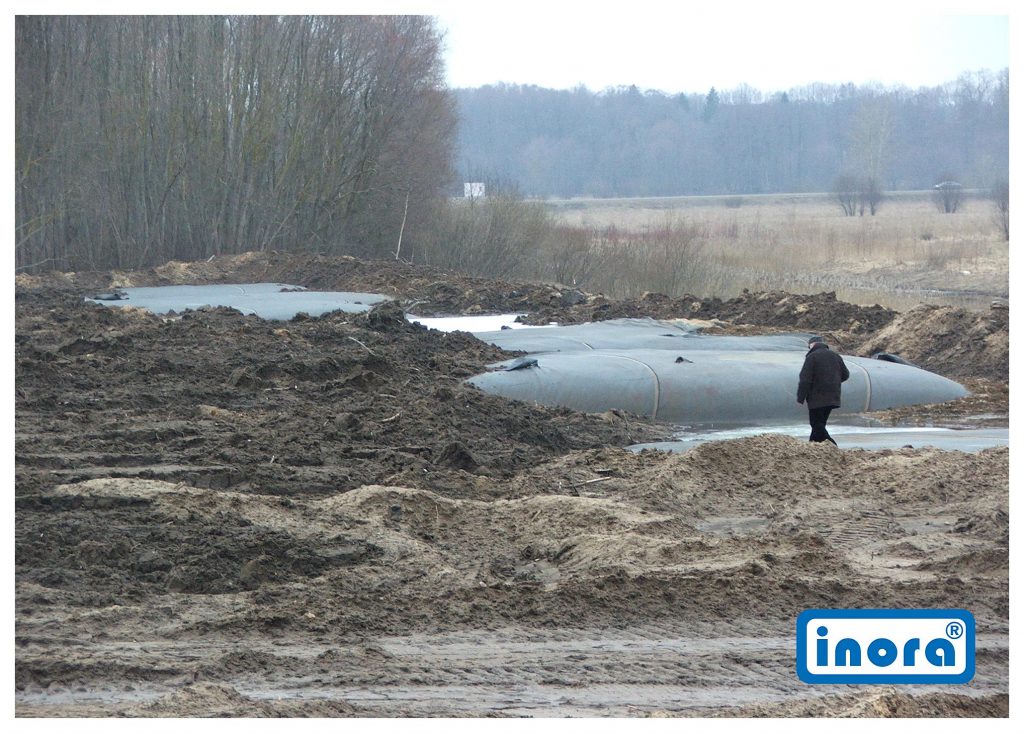
This technology allows a complete isolation of the bottom sediment extracted from the river or canal bottom. The sediment extracted this way, will not return to the previously deepened watercourse.
Thanks to the SoilTain® technology, the effects of carried works are more durable, and thus guarantee longer maintenance of rivers and canals utility functions. The dewatered sludge can be exported or managed on site.
